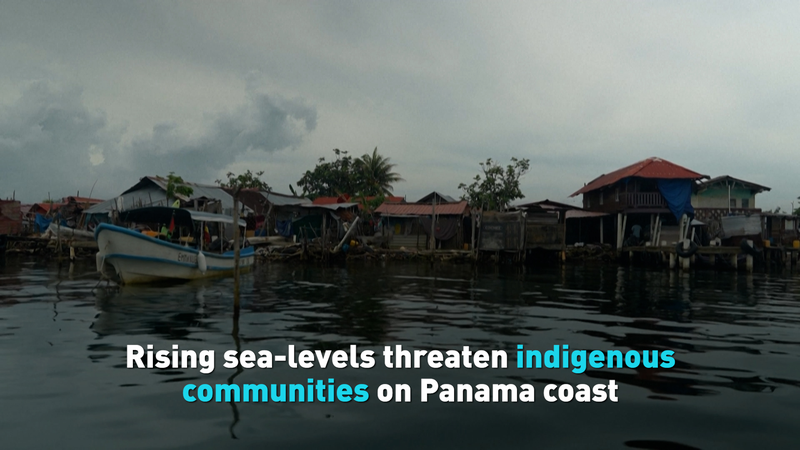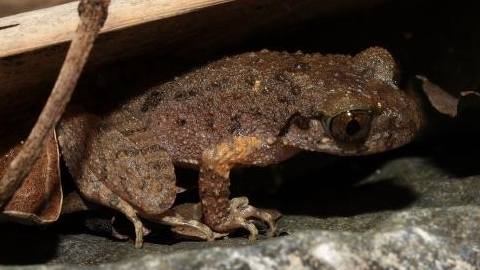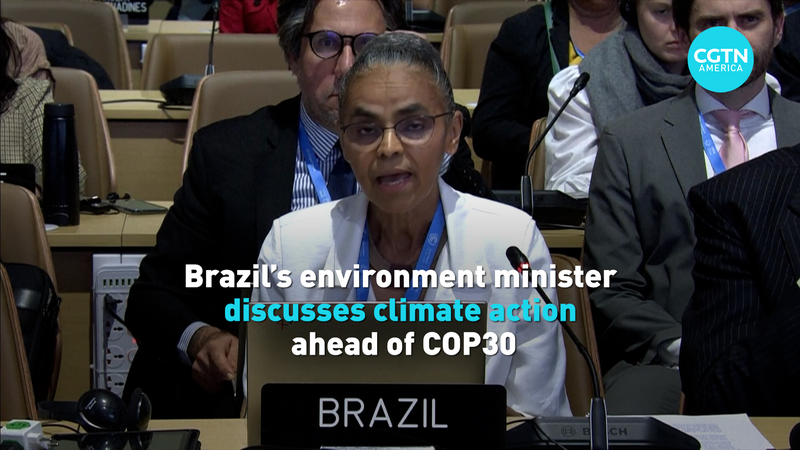Deep in the lush trails of Havana's Botanical Garden, Professor Daniela Ventura's net trembles with excitement. Caught in the near-invisible webbing is a gray catbird, sporting a sleek black cap. This isn't just any bird—it's a tiny traveler from the United States or Canada, making a pit stop in Cuba. 🌎🐦
\"We know a lot about their lives up north, but down here? It's a mystery we're eager to solve,\" Ventura says, smiling as her students jot down notes. They're recording key data: species, weight, and body fat—clues that help piece together the epic journey these birds undertake.
But it's not just about the birds. The project bridges gaps widened by politics. \"Birds don't understand embargoes or borders; they don't need a visa to enter our country,\" says ornithologist Lourdes Mugica. Despite decades of limited cooperation due to political tensions, Cuban and Canadian scientists are teaming up to follow these feathered explorers.
Thanks to a new radio telemetry antenna—the first of its kind in Cuba and part of the international MOTUS tracking program—the team can now detect birds tagged thousands of kilometers away. Imagine tracking a tiny Swainson's thrush that started its journey in British Columbia, Canada, and made its way 5,000 km south to Cuba! That's like flying from Mexico City to New York—without the in-flight snacks. 😲✈️
\"We never thought we'd reach this level of sophistication,\" says veteran ornithologist Martin Acosta. For researchers who once struggled with basic necessities—Mugica recalls losing 32 kg during Cuba's hard times—the advancements feel monumental.
Challenges remain, though. On a recent morning, the team's 20-year-old pickup needed a push start. But spirits are high. The catbird Ventura's team recaptured had bulked up since November, prepping for its return flight across the Gulf of Mexico. \"It's humbling to think these little birds, weighing less than 10 grams, cross the sea and survive,\" she marvels. \"Other living beings can perform these feats, and it's spectacular.\"
This project isn't just about science; it's a story of perseverance, collaboration, and the shared wonders of our natural world. As Mugica hopes, \"I hope there comes a time when relations are normal and we can have joint projects.\" Until then, the birds will keep flying, and the biologists will keep chasing secrets carried on the wings of these incredible travelers. 🕊️❤️
Reference(s):
cgtn.com



